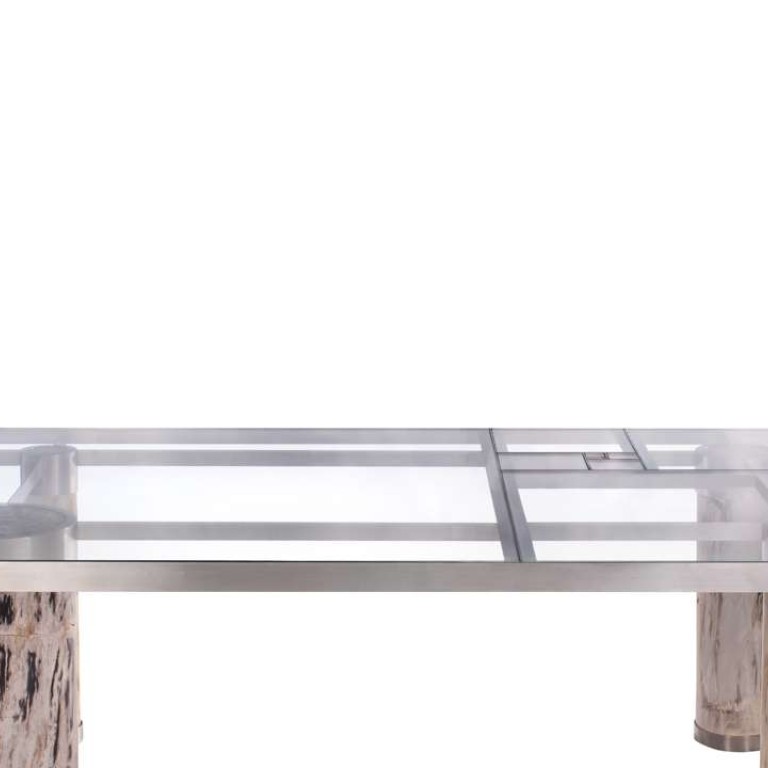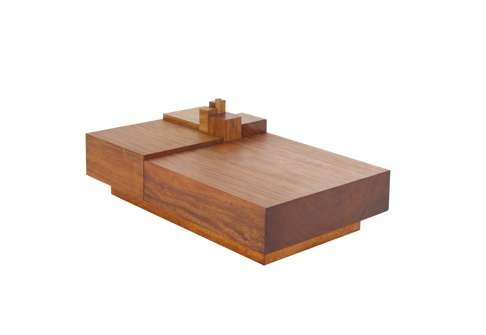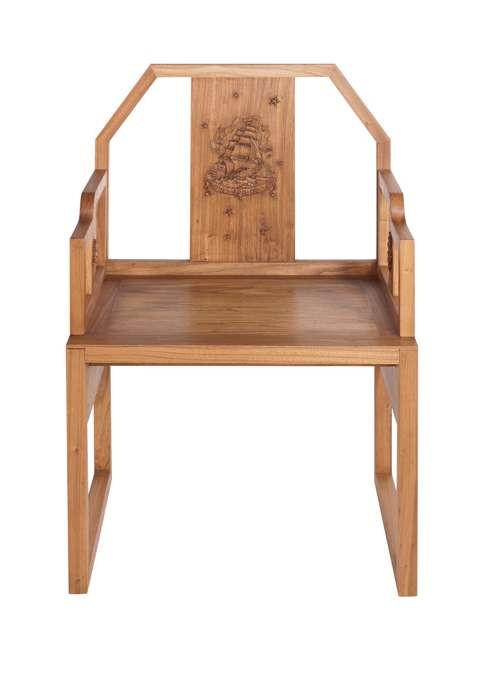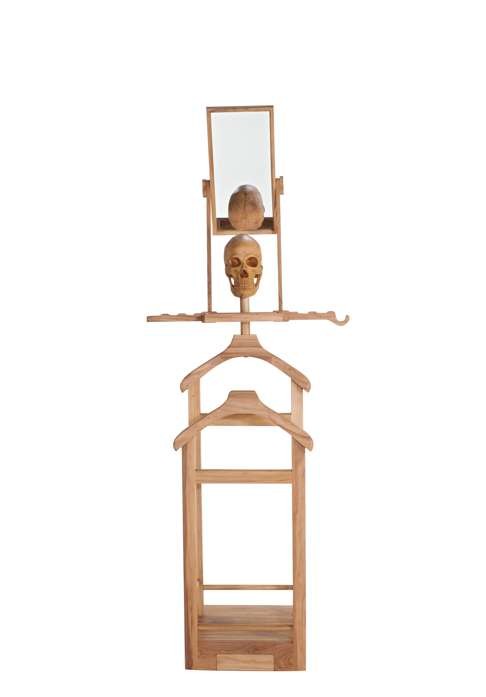
Italian designer's made-in-China furniture on show in Hong Kong
Chinese in spirit, if not in form, Enrico Cinzano’s collection was made with recycled materials and a blend of traditional craft techniques and industrial processing
Enrico Marone Cinzano is hardly the first Western designer to use China as a point of inspiration, but his approach is certainly different.
“I have to make things locally,” he says. “I thought this was a real challenge, to do something truly sustainable in China. ‘Made in China’ doesn’t immediately pop up in the mind as something high quality, or really refined, but that’s wrong. If you go to the Shanghai Museum you can see things made 3,000 years ago that are much more sophisticated than what was made in the Renaissance.”
That is what was on Cinzano’s mind when he met gallerist Pearl Lam in 2014 and she suggested they put together a solo exhibition of work about China. Over the next year and a half, the Italian-born, US-based designer made nine trips to China.
There artist Danful Young introduced him to craftspeople who would help to produce a furniture collection made with recycled Chinese materials and a blend of traditional craft techniques and modern industrial processing. That collection is now on display in China Clean, which runs at Pearl Lam Galleries Soho until April 14.

At the same time, Cinzano is fascinated by self-supporting structures like skulls and crystals, along with natural patterns of self-organisation, such as the mathematical Fibonacci Sequence, in which each number is the sum of the previous two numbers – a logic that underpins the growth of tree branches, pinecones and many other natural structures.
If all of this seems unorthodox, perhaps it is because Cinzano is an unconventional designer. Born in Turin to a family of industrialists with connections to Fiat cars and Cinzano vermouth, he spent most of his life working as a real-estate developer and self-described “finance guy” in the United States.
His creative awakening came in 2000, when he co-founded Project Alabama, an environmentally friendly fashion company that used local fabrics and labour. He applied those same principles to home products when he began his own design studio in 2007. “I’m very unschooled,” says Cinzano. “I do what I want to do.”
Cinzano’s influences come together in pieces like the Double Happiness Cabinet, a chest of drawers made from elm wood recovered from a demolished house and assembled using traditional Chinese joinery. Boasting a structure designed according to the Golden Ratio (a graphical representation of the Fibonacci Sequence), it features skulls hand-carved on each drawer, many of them dressed in whimsical hats to make them more approachable. “I worried it would be a little too much for the Chinese market,” says Cinzano.

Other pieces delve more deeply into Chinese design history. The Flat-Pack Qing Chair is based on the furniture of that dynasty, which was more angular and ornate than the minimalist design favoured by the Ming, but it can be disassembled and flat-packed like an Ikea kit. Its elm wood surface is decorated with carvings based on sailor tattoos.

If Cinzano’s hand-carved wood pieces evoke nature and traditional Chinese design, his flat-pack table and flat-pack chairs are defiantly industrial in appearance – a nod to modern-day China. “The point here was to make something look as toxic and traditional as possible,” says Cinzano.
The trick is that all of the materials in the chairs and tables are recovered waste material from furniture factories, and the steel hinges allow them to be folded up and shipped in a flat pack.
“This is my calculated stepping stone,” says Cinzano. He wants eventually to scale up the work to make sustainable products with a real impact. “For that, you have to start at the top [with one-off pieces].”

